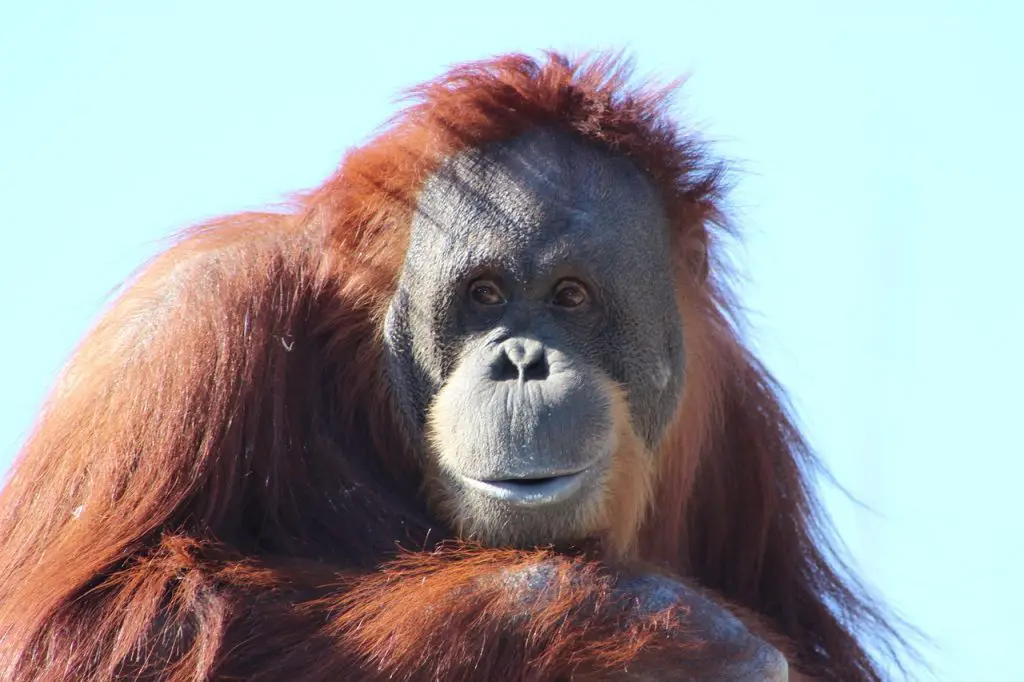Most travellers visiting Sarawak might not have Bako Buntal Bay as part of their itinerary….unless they are avid birders.
The Bako Buntal Bay covers roughly 3,590ha from Mount Santubong at its west to the sandstone plateau of Bako National Park at its east.
Here are five things you need to know about Bako Buntal Bay and why we need to protect it:

1.Bako Buntal Bay is one of 55 IBAs in Malaysia
IBA stands for Important Bird and Biodiversity Area, an area identified and agreed as being globally important for the conservation of bird populations.
These sites are identified by BirdLife International. It is a global partnership of conservation organisations that work to conserve birds and their habitats.
Currently, there are over 12,000 IBAs worldwide with 55 of them located in Malaysia.
This number includes 18 in Peninsular Malaysia, 14 in Sabah, 22 in Sarawak and one oceanic island.
2.It is the first East Asian-Australasian Flyway Site in Malaysia.
Malaysia became a partner of EAAFP in 2012. Then on Aug 23, 2013, Bako Buntal Bay was recognised as the first East Asian-Australasian Flyway site in the country.
A flyway is a route migratory birds follow every year from breeding ground to non-breeding sites across different countries and continents.
There are nine flyways of waterbirds in the world covering an area of roughly 350 million square kilometers.
That being said, the birds of Bako Buntal Bay belong to the East Asian-Australasian Flyway. They migrate from the Northern Hemisphere to the Southern Hemisphere and back every year.
3.Buntal Bay Flyway Network is an important site for wintering birds.
The East Asian-Australasian Flyway spans over Russia, Japan, China, Korea, Australia and New Zealand.
So these birds stop at this bay as a wintering and refueling site for this particular flyway.
About 25,000 migratory birds are lured to Bako Buntal Bay between October and April every year to escape winter in their habitats.
After flying long haul from the northern countries such as China and Korea, here is where they stay for two to three weeks to feed and rest, before making their way southwards to New Zealand or Australia.

4.Rare birds have been sighted at Bako Buntal Bay.

There are at least 27 species of migratory birds make a pit stop at Bako Buntal Bay.
According to EAAFP, most of them are threatened species including Nordmann’s Greenshank, Asian Dowitcher and Far Eastern Curlew.
In 2009, two rare bird species sighted at Bako Buntal Bay made headlines on the local news. There were the globally-threatened Pied Avocet (Recurvirostra avosetta) and Eurasian Oystercatcher (Haematopus ostralegus).
5.At least 10% of the world population of threatened Chinese Egret stop at Bako Buntal Bay.
The Chinese egret (Egretta eulophates) is a a threatened egret species from east Asia. They usually breed in Russia, Korea and mainland China.
The total population of this bird is estimated at 2600 to 3400. According to Sarawak Forestry, the highest number recorded of Chinese egret at Bako Buntal Bay is 40, that is more than 10 per cent of its population.
































